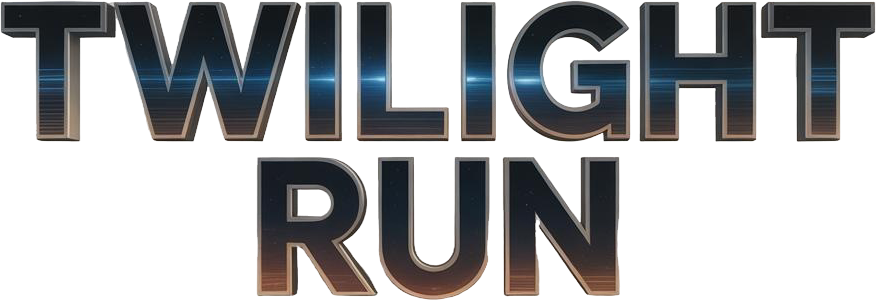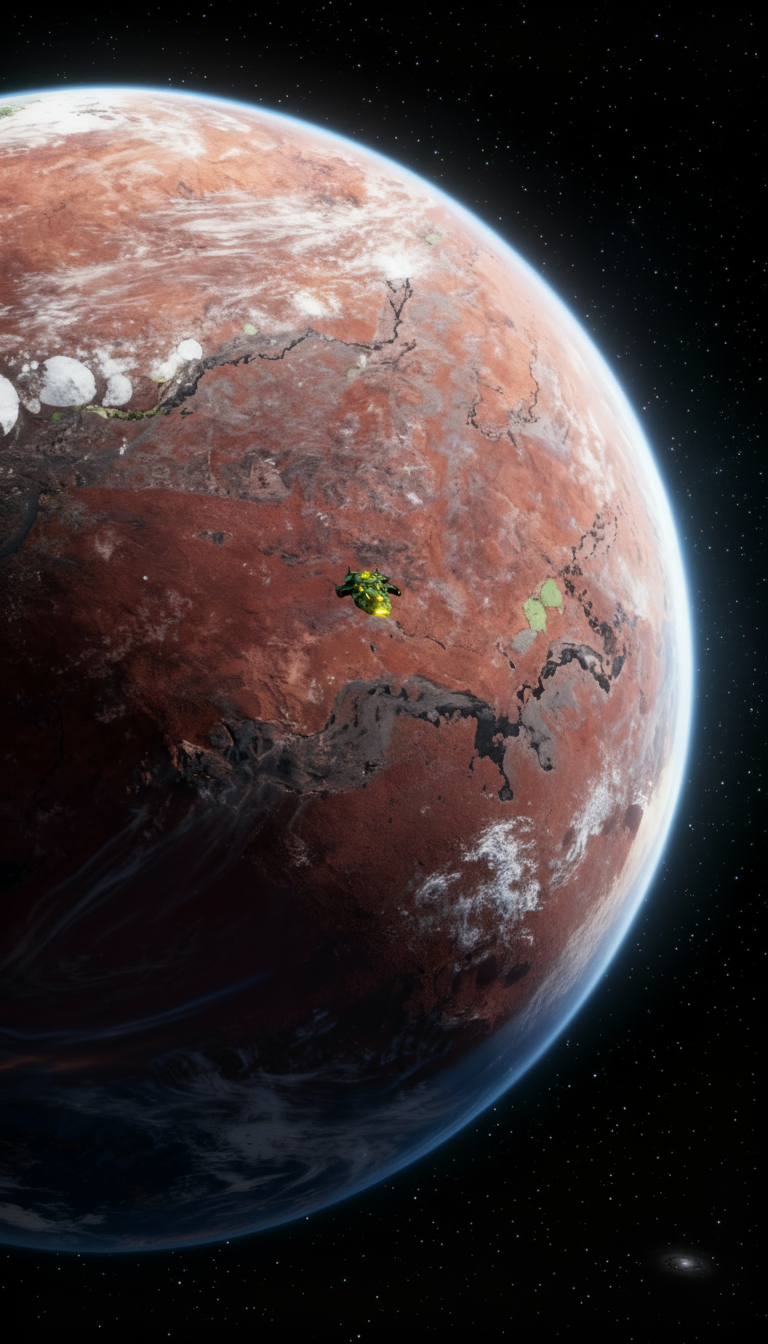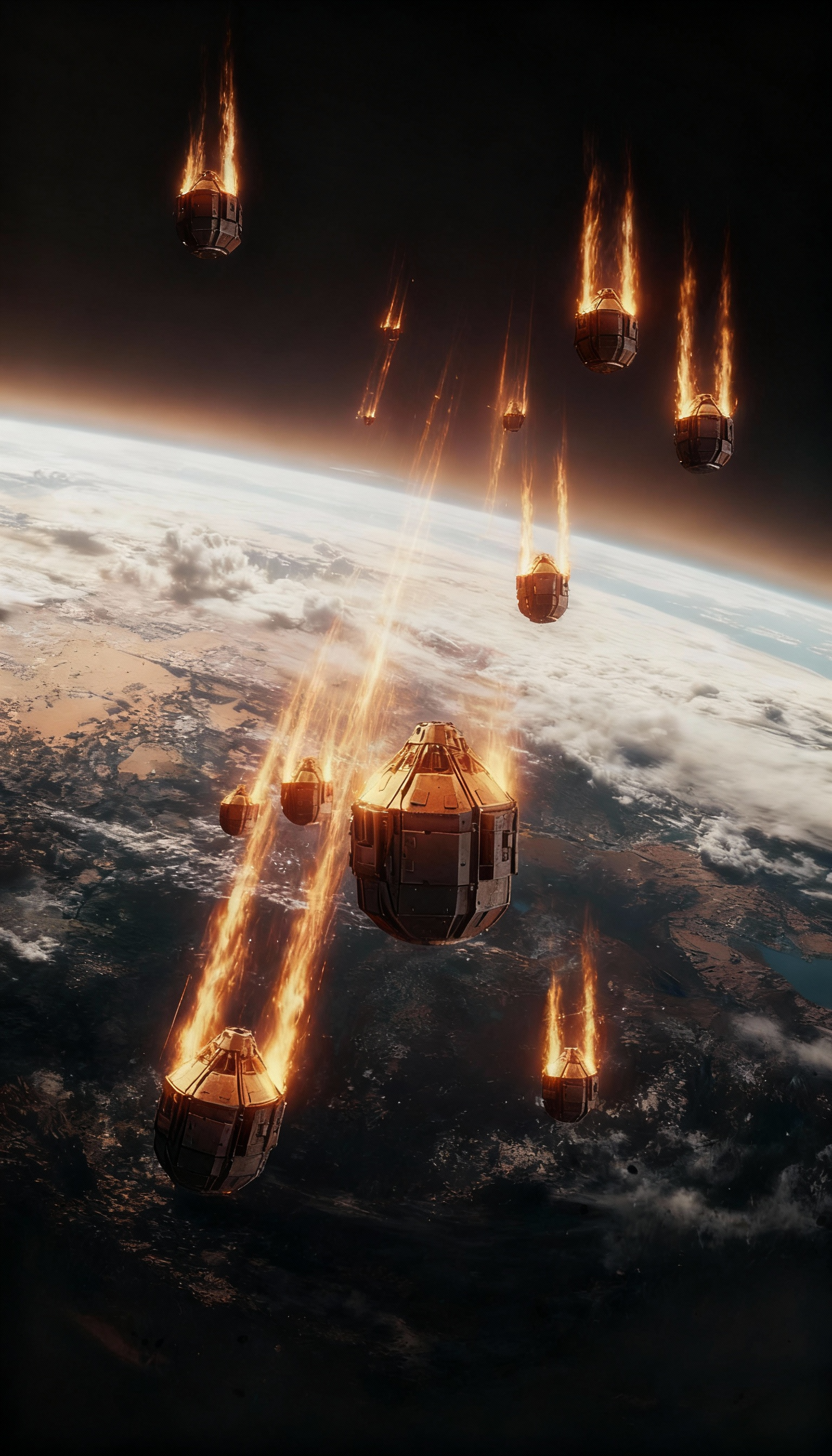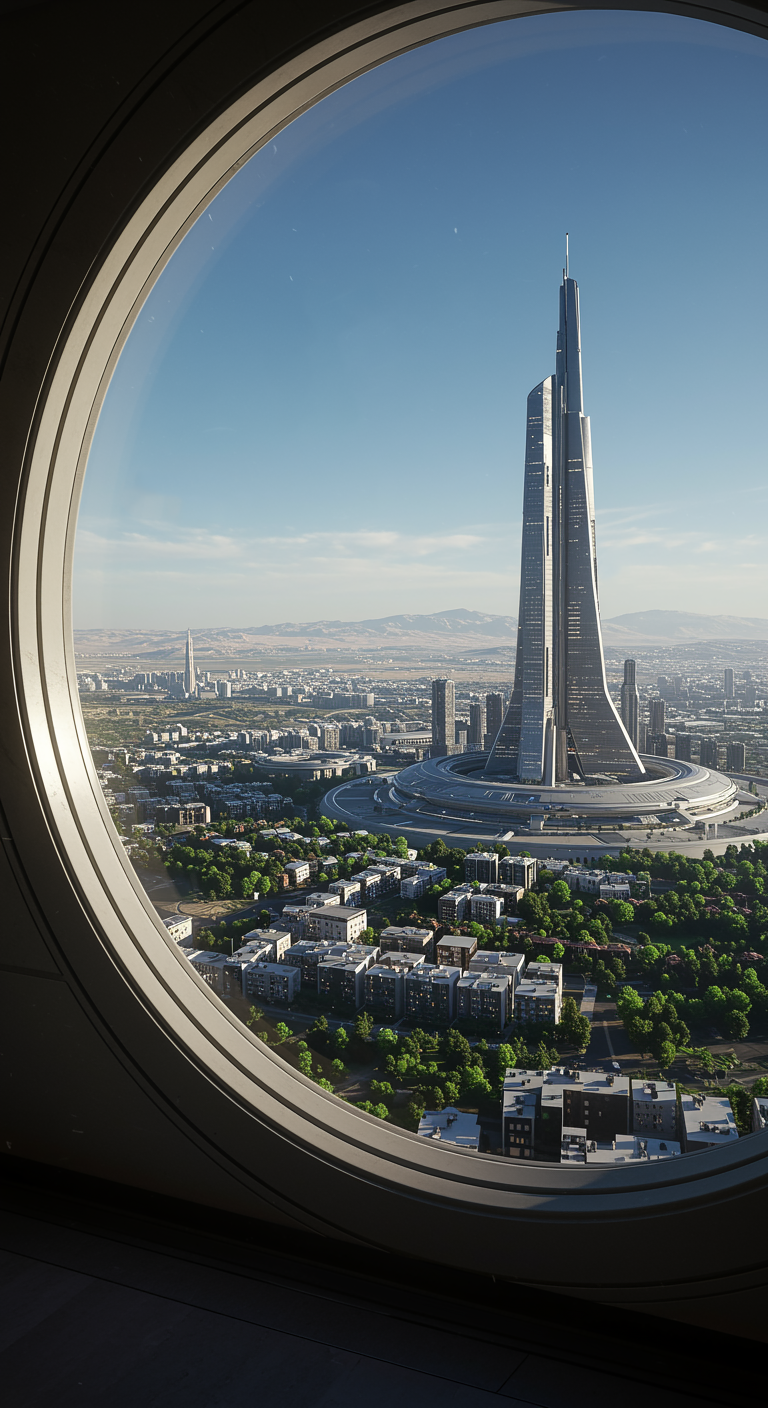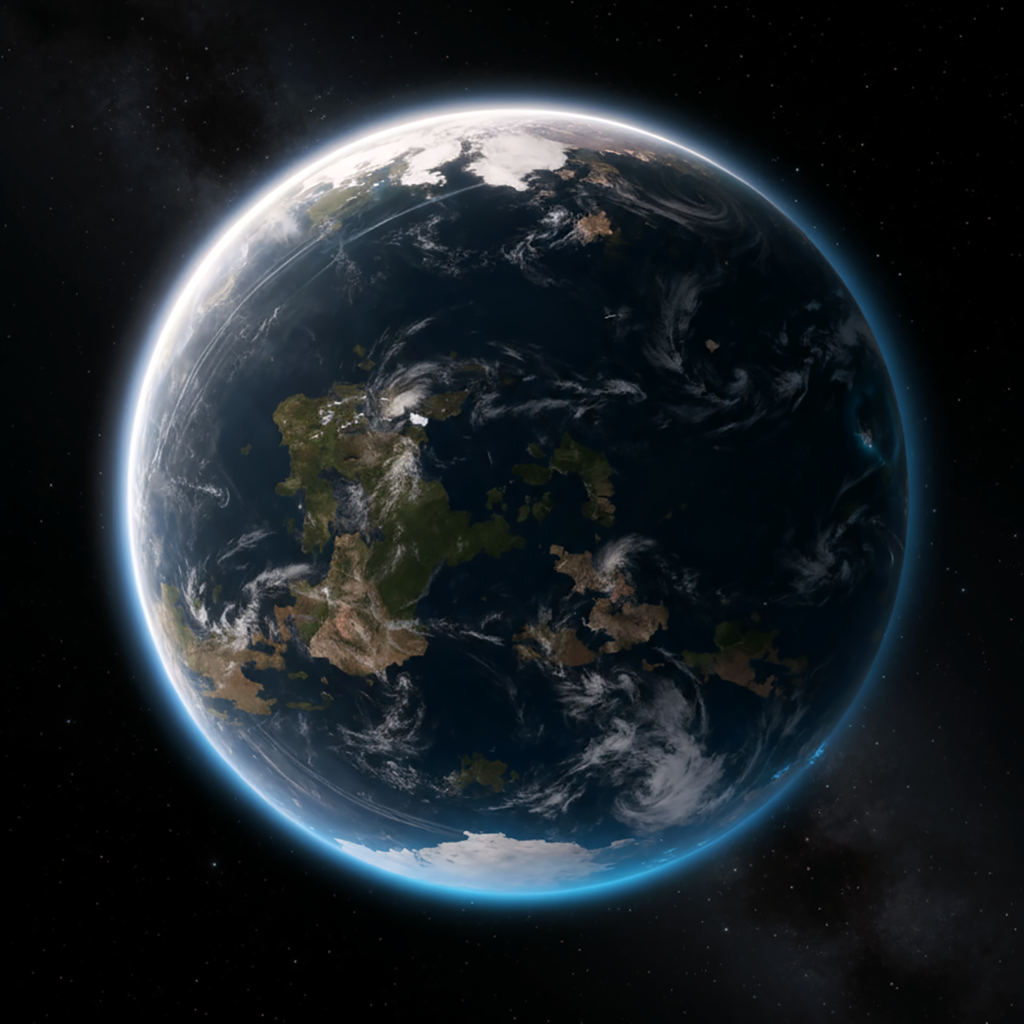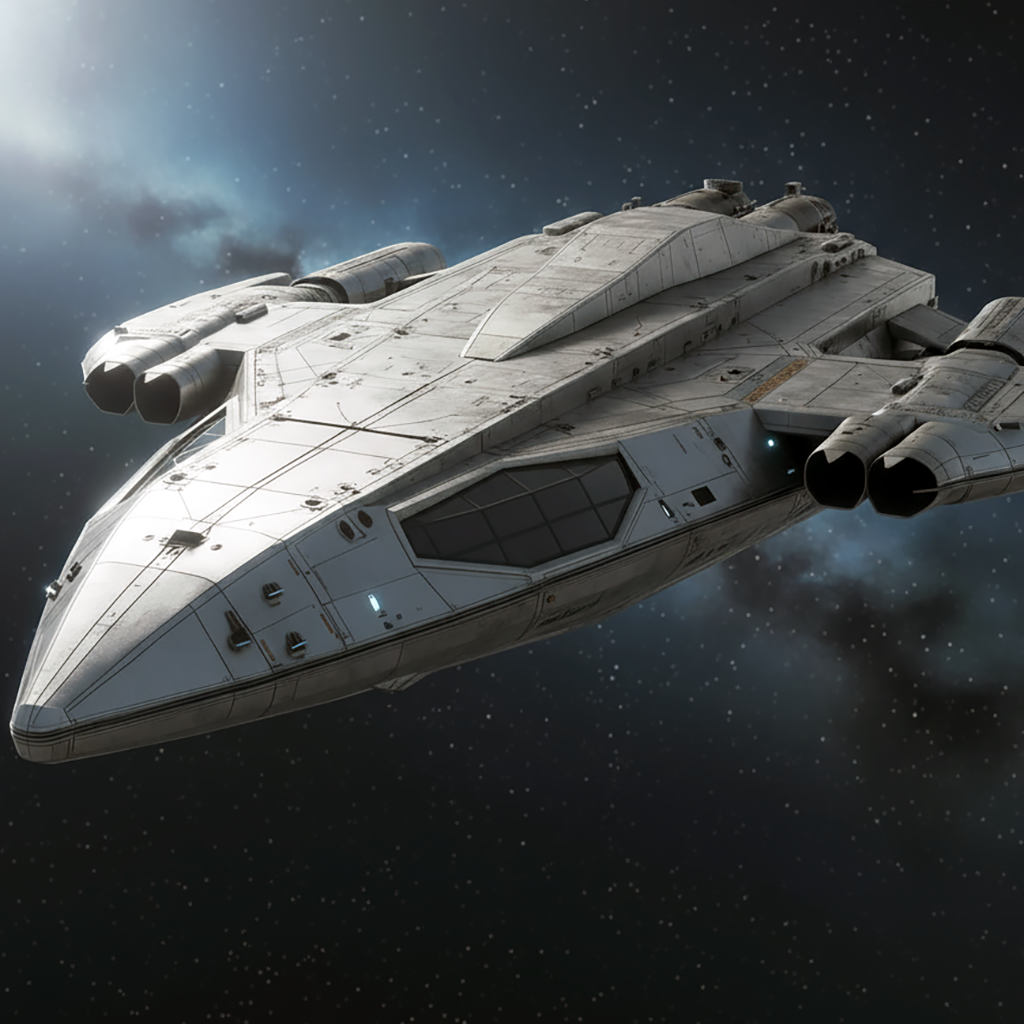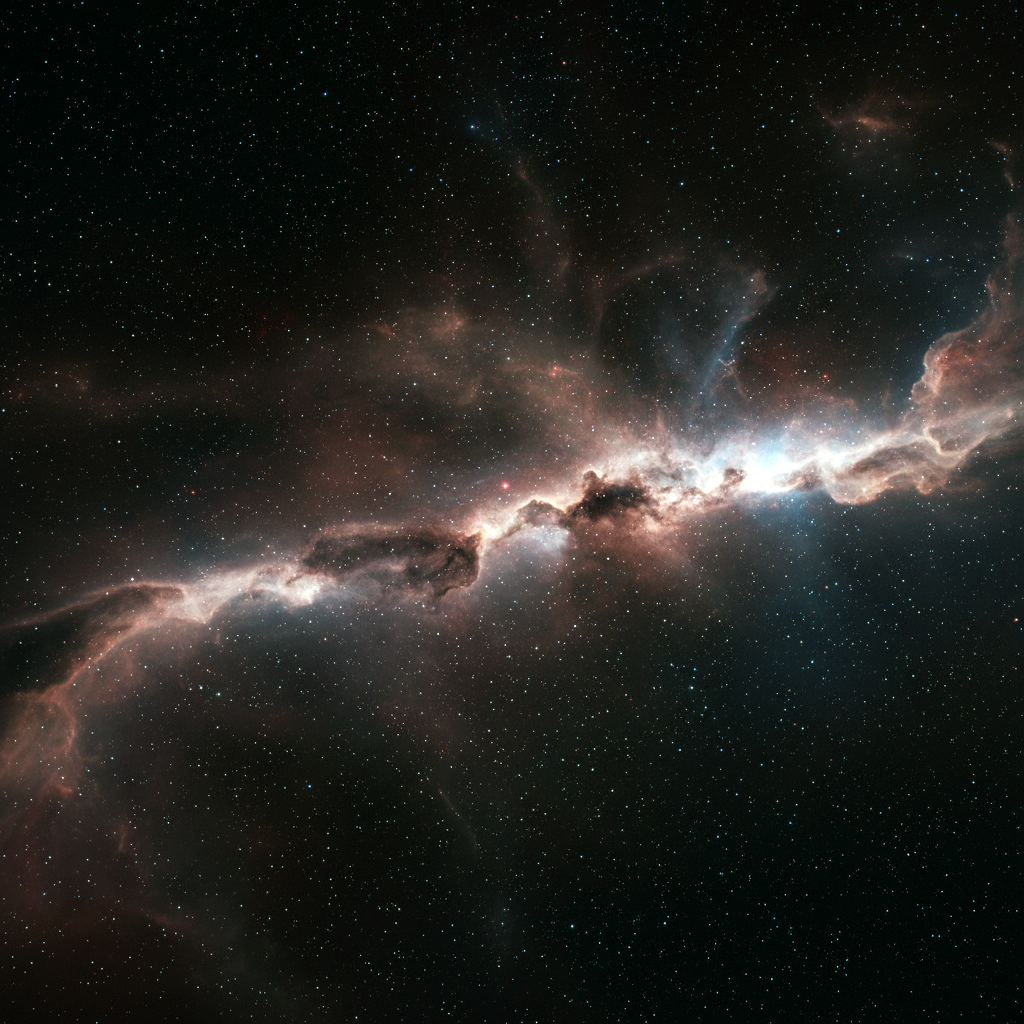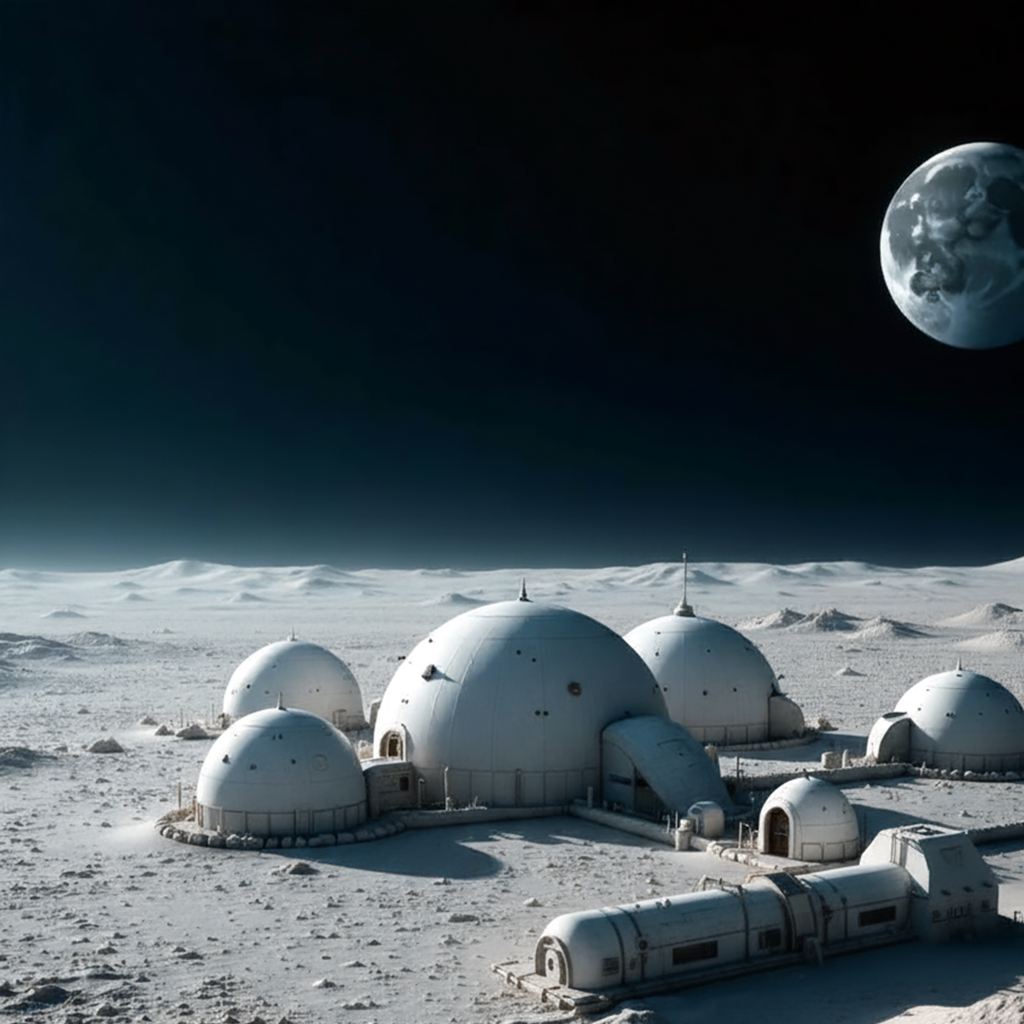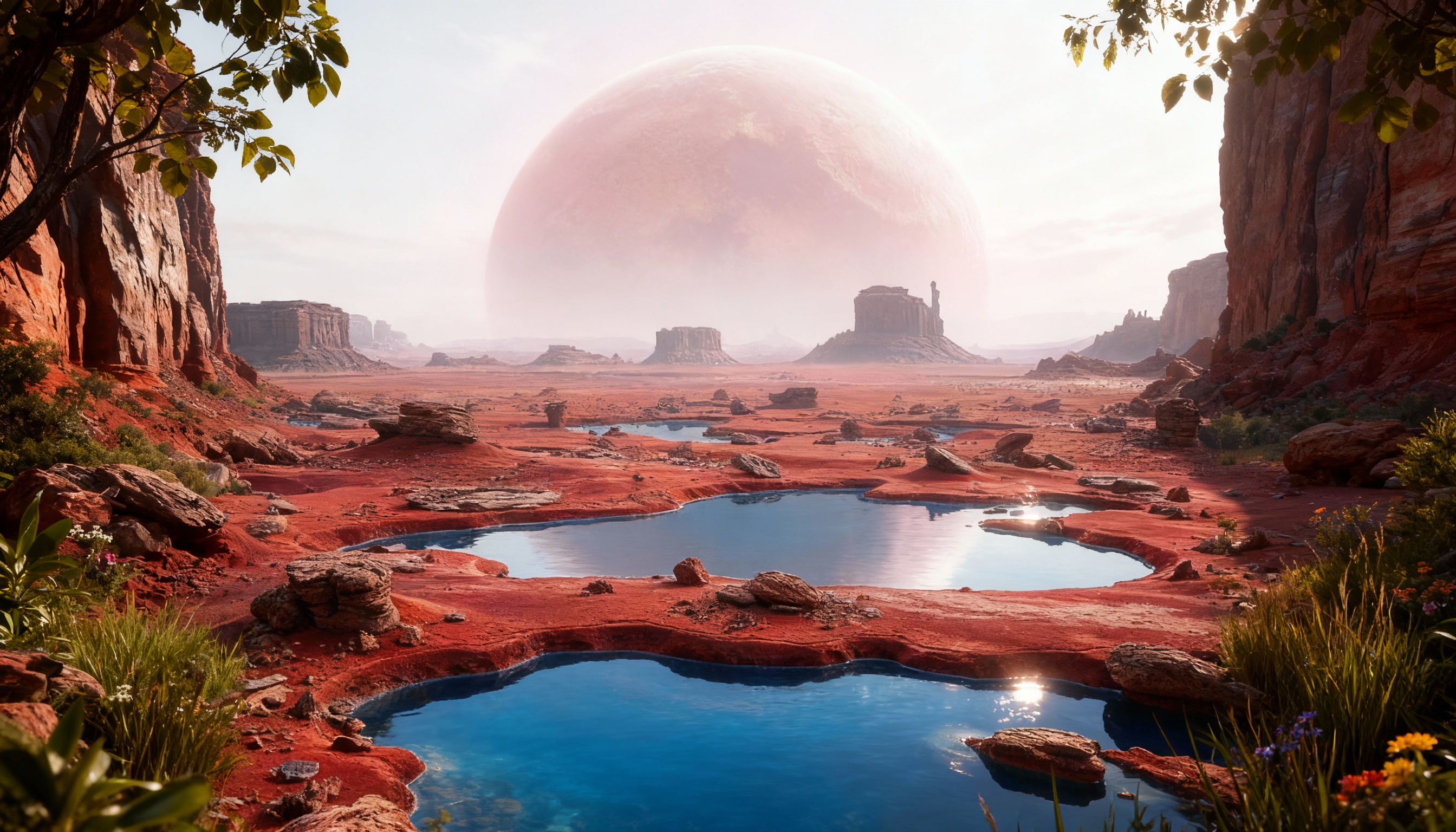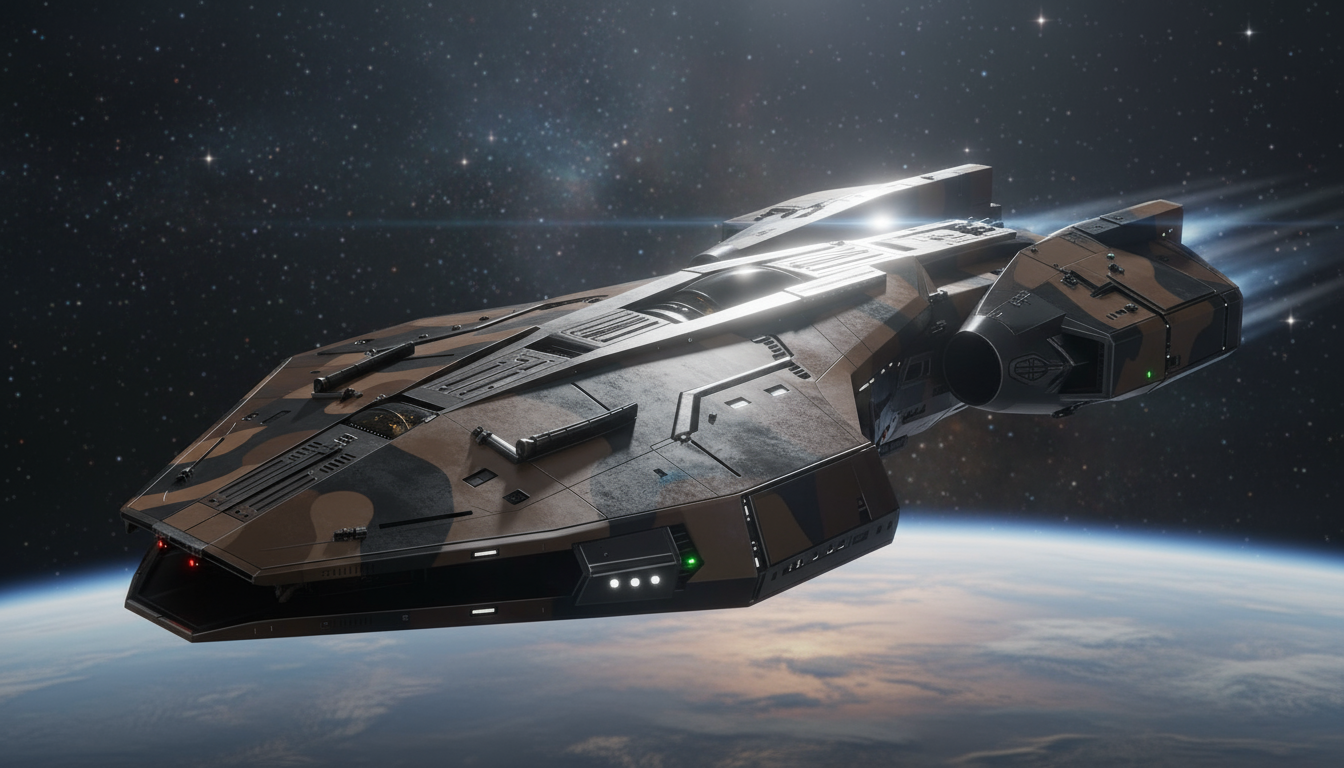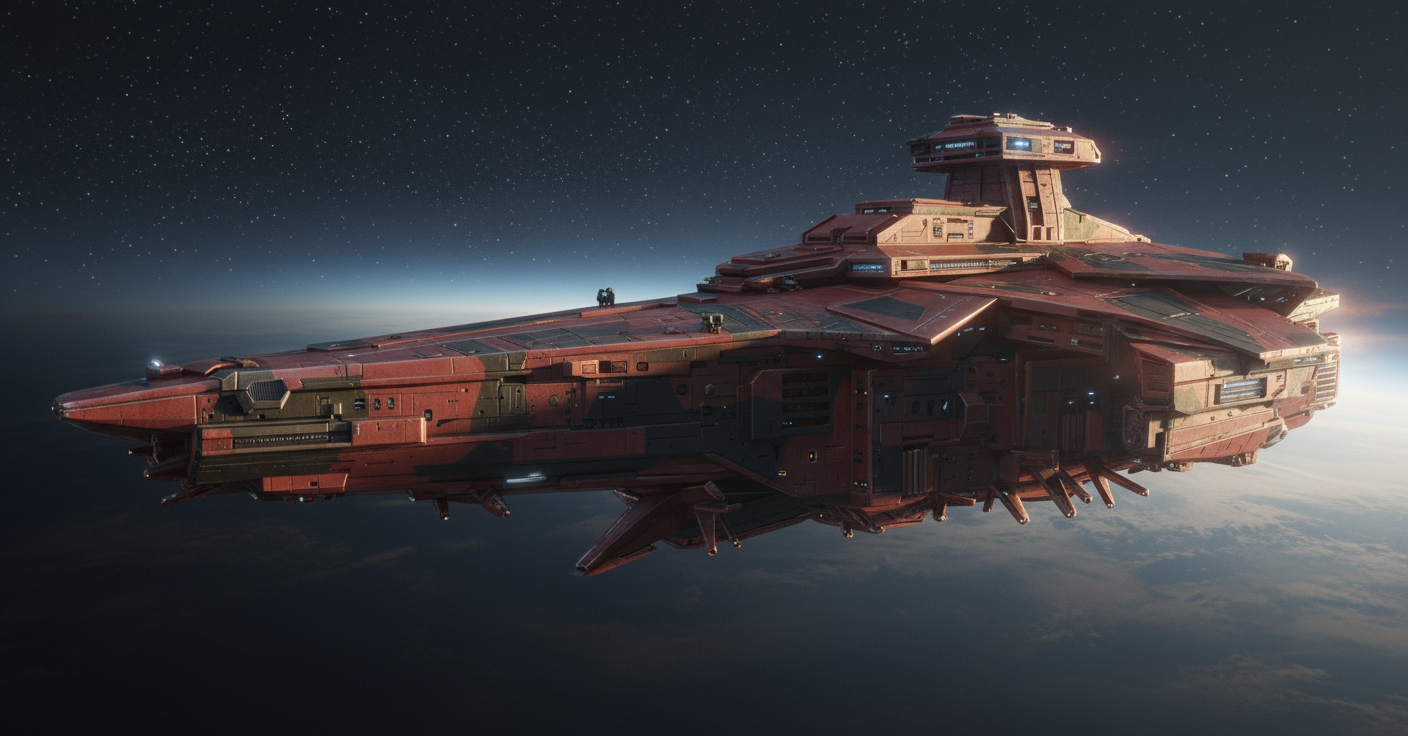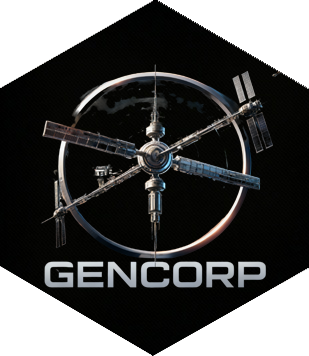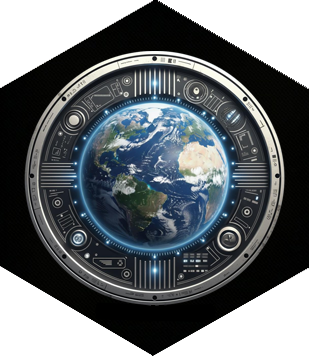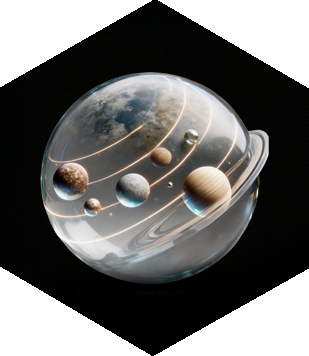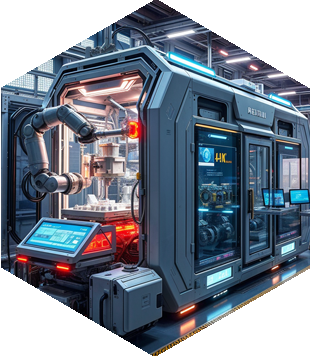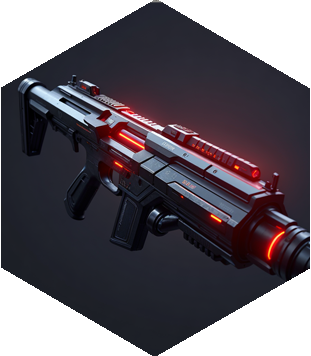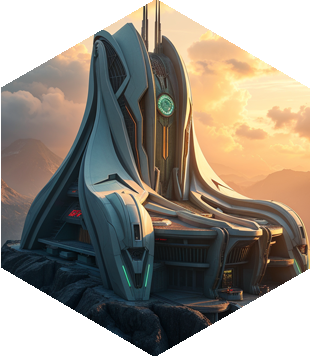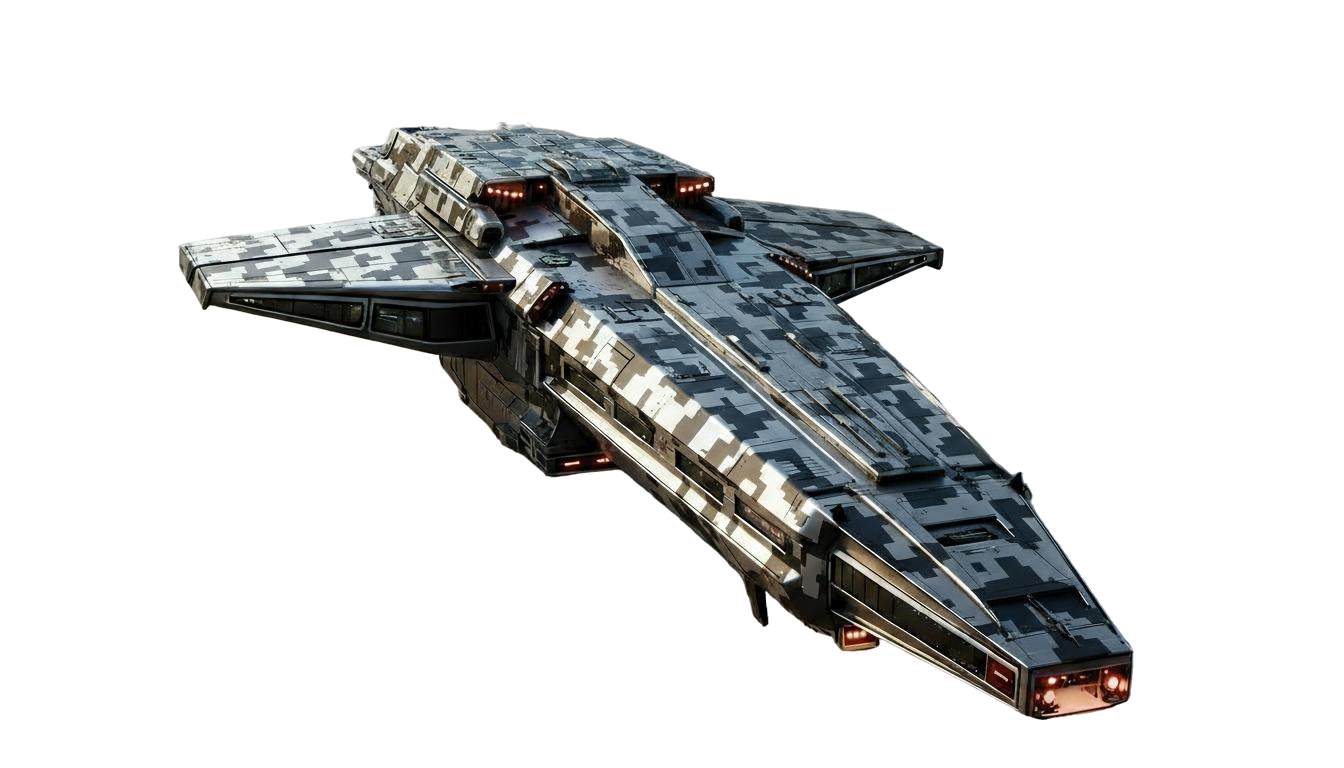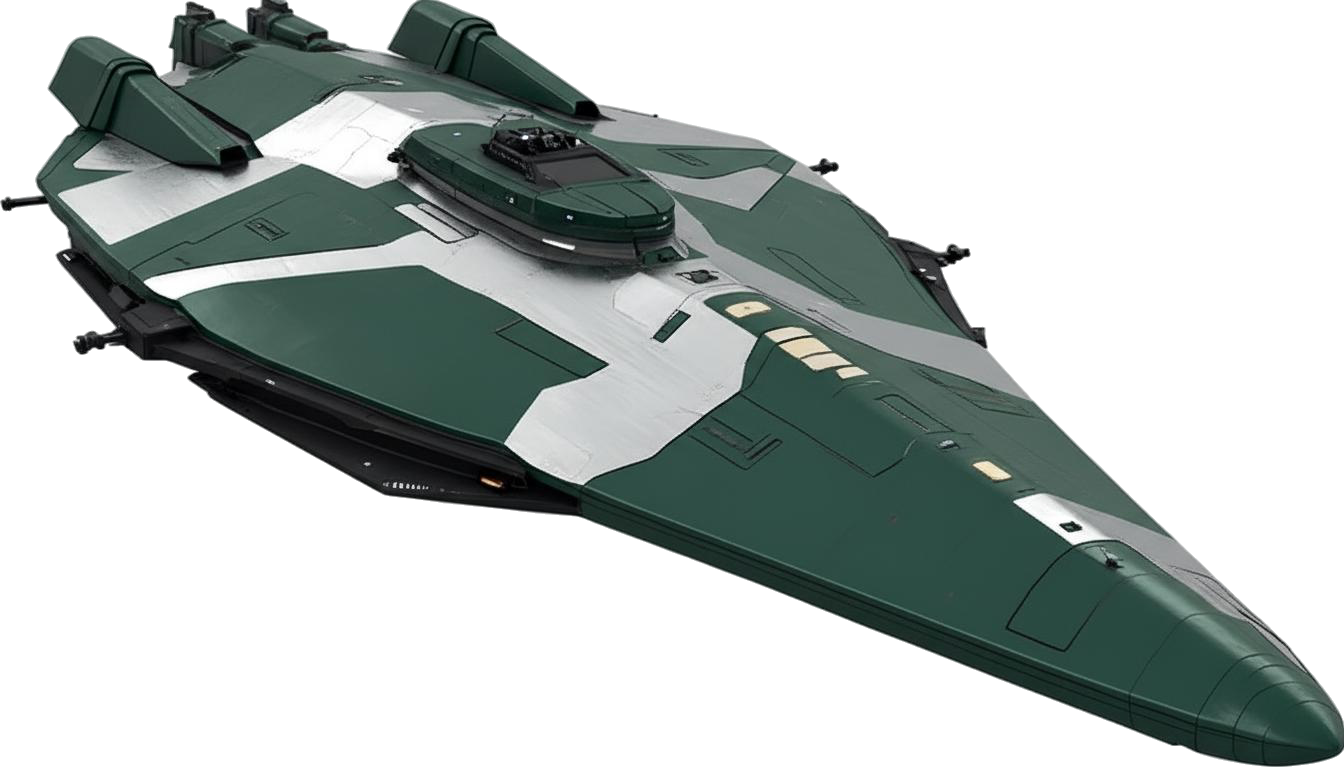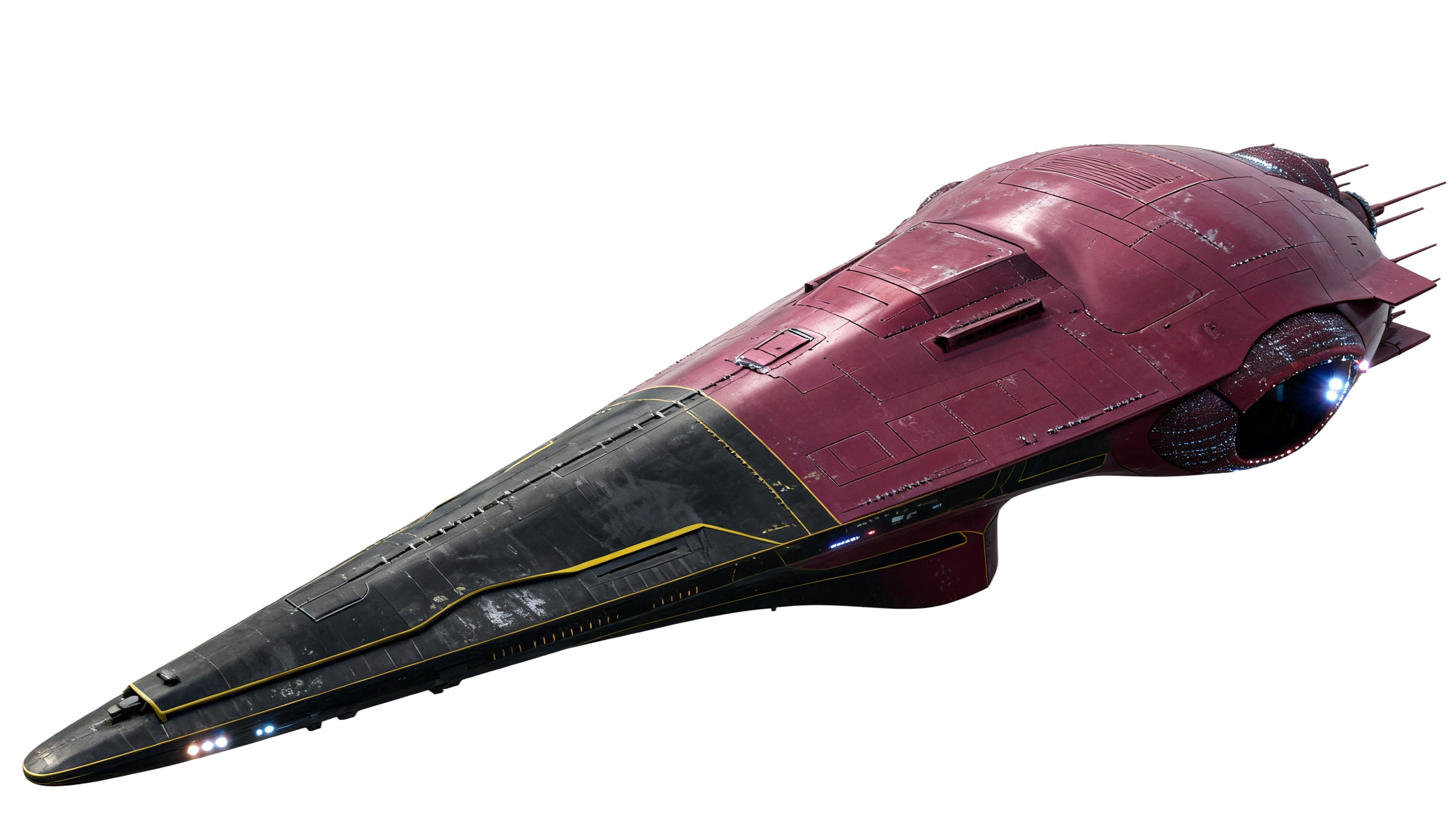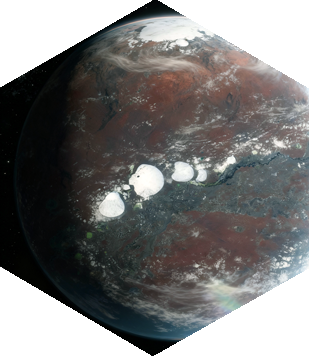Deep Discovery
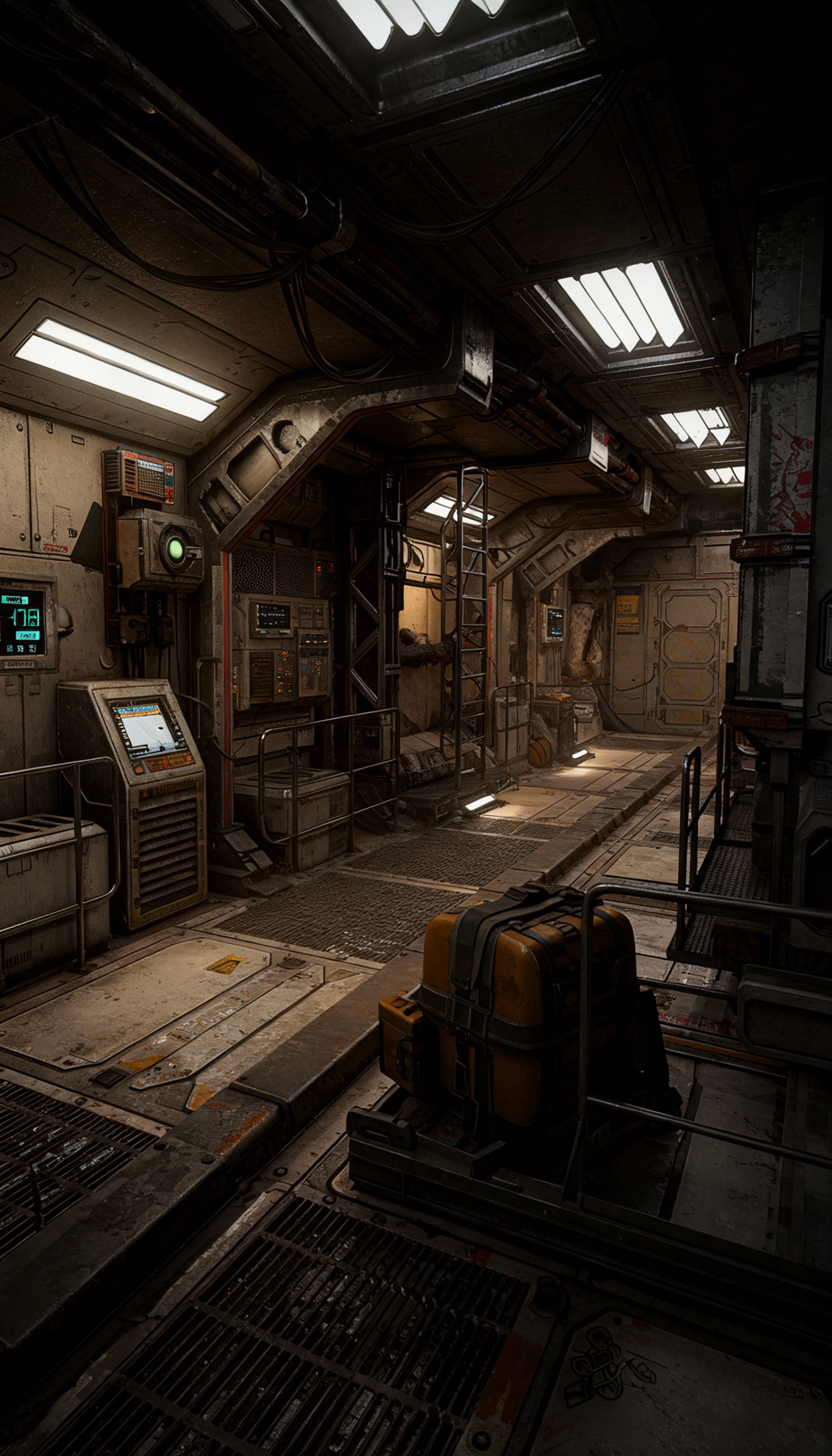
Day 1: Arrival at Ceres
It’s been a long journey from the GenCorp headquarters in Atlanta to this frozen rock. I always knew accepting the assignment to Ceres meant leaving behind the comforts of Earth, but nothing truly prepares you for the stark reality of life on a mining station. Mining Station A-17 is one of the older facilities — long steel corridors, aging machinery, and a permanent layer of dust that seems to coat everything.
My quarters are small and utilitarian, but at least private — a rare privilege here. The rest of the crew live in cramped bunk halls and shared common rooms. The atmosphere feels tense. This is a hard posting, and morale is low. Officially, I’m here to assess the station’s profitability and oversee a production ramp-up. Unofficially, there’s more happening beneath the surface — literally.
According to the reports, the station’s primary yields are tungsten, iron, and trace rare elements. Yet rumors persist of something deeper — an undiscovered resource buried in the southern quadrant. If there’s truth to it, GenCorp wants answers. And so do I.
Day 3: Meeting the Crew
Today was my first full day on-site. I met Chief Engineer Marlow — a grizzled veteran of the belt mining circuit, older than the station itself by the look of him. Gruff, efficient, and clearly unimpressed by corporate visitors. He knows this place better than anyone. According to him, the rigs are failing, maintenance is behind schedule, and the crew is stretched thin.
The miners are a mix of ex-contractors, engineers, and drifters — rough people bound by the work. They don’t trust outsiders, and I don’t blame them. The last corporate rep probably cared more about quotas than safety. If I’m going to make headway, I’ll need their trust.
Marlow mentioned an old, sealed shaft in the southern quadrant — abandoned years ago after a series of collapses. Some of the crew claim it’s more than just unstable ground. Tomorrow I’ll check the archives. Every rumor starts somewhere.
Day 5: The Archive Incident
The archives are as neglected as everything else here. Decades of corrupted data, incomplete logs, and half-deleted survey files. Still, I found something — an old geological report referencing “exotic mineral deposits” in the southern quadrant. No follow-up, no supplemental analysis. Just a single entry that ends abruptly.
When I asked Marlow about it, he shut down. Said it wasn’t worth the risk, too unstable. But the way his eyes flickered told me there’s more to the story. Later, I spoke with several of the miners during shift change. They’d heard rumors too — a big find years ago, buried and forgotten. Some called it superstition. Others said it was worth dying for.
Day 7: The First Signs
Today the excavation teams reported trace anomalies in a new core sample from the southern quadrant — an unknown metallic compound unlike anything in the database. I sent it straight to the lab. Early analysis suggests it’s not any known element on record.
Marlow wasn’t surprised. He just sighed and told me not to dig too deep. But that’s exactly why I’m here. If there’s something valuable down there, GenCorp will want it. And so will I.
Day 10: Tensions Rising
The lab results confirmed it — the metal is unique. Its molecular structure is unlike any recorded alloy, with energy readings off the charts. It could be synthetic, or something entirely new. If verified, this could redefine GenCorp’s position in the market.
But word spreads fast in a closed environment. The crew is uneasy, whispering about the “cursed shaft.” Two workers refused to go near it. Marlow avoids me altogether now. He knows more than he admits. I can feel it.
Day 12: The Big Push
I confronted Marlow today. Backed him into a corner and demanded the truth. He finally told me: years ago, the company ordered the shaft sealed after a string of unexplained cave-ins, equipment failures, and disappearances. Officially, it was written off as a safety issue. Unofficially, he believes something else was discovered — something the company buried, both literally and bureaucratically.
Despite his warnings, I’ve authorized a full excavation team to reopen the shaft. The risk is worth it. This could be the discovery of a lifetime.
Day 14: Breakthrough
We broke through today. Beneath the old tunnel lies a vast metallic vein — a luminous, blue-silver substance stretching deep into the rock. The sensors are overloaded. Conductivity, density, magnetism — everything reads off scale. Even Marlow stood in silence as the team cleared the debris.
I’ve already sent a priority transmission to GenCorp, but with the distance lag, it’ll be days before they respond. For now, I’ve ordered continuous excavation. Whatever this is, it’s beyond valuable. We’ve only just begun.
Day 16: The Cost of Ambition
Two miners were killed today. A cave-in during the new dig. The rescue crews worked for hours but found nothing but crushed supports. Marlow blames me — and he’s right. The crew is on edge, whispering that the shaft should’ve stayed closed.
I can’t stop now. We’re too close. Every instinct tells me this is what GenCorp has been searching for. But I can’t shake the feeling that the station itself is holding its breath, waiting for something to happen.
Day 20: The Vein
The mapping teams completed their survey. The metallic vein runs half a kilometer beneath the southern quadrant, glowing faintly as if alive. The scientists have started calling it Ceresium — a name fitting for its beauty and mystery.
But the deeper we dig, the stranger things become. Instruments fluctuate. Magnetic fields twist and hum. Marlow has officially requested a halt to the excavation, warning that we’re disturbing something we don’t understand. I denied it. GenCorp sent me here to find value, and I intend to deliver.
Still, a part of me wonders if we’ve gone too far. The deeper we drill, the more I feel it — a vibration underfoot, faint but constant, as if the asteroid itself is alive.
Day 34: The Outcome
The GenCorp science division arrived two weeks after the breakthrough. Their findings have confirmed what we suspected. The element — now officially designated Gravitonium-X — exhibits properties that could make faster-than-light travel possible when properly stabilized. The implications are staggering. Entire industries will be rewritten because of this.
History will remember this discovery. But for those of us who were here when it was found, the memory carries a weight. We paid for this progress in blood, and perhaps in something deeper — a cost not yet fully known.
— Journal of Carson Welles, GenCorp Executive, Mining Station A-17, Ceres
